Spam Musubi Recipe
Fluffy rice topped with a sweet and salty glazed Spam wrapped in seaweed, Spam musubi is a delicious on-the-go snack.
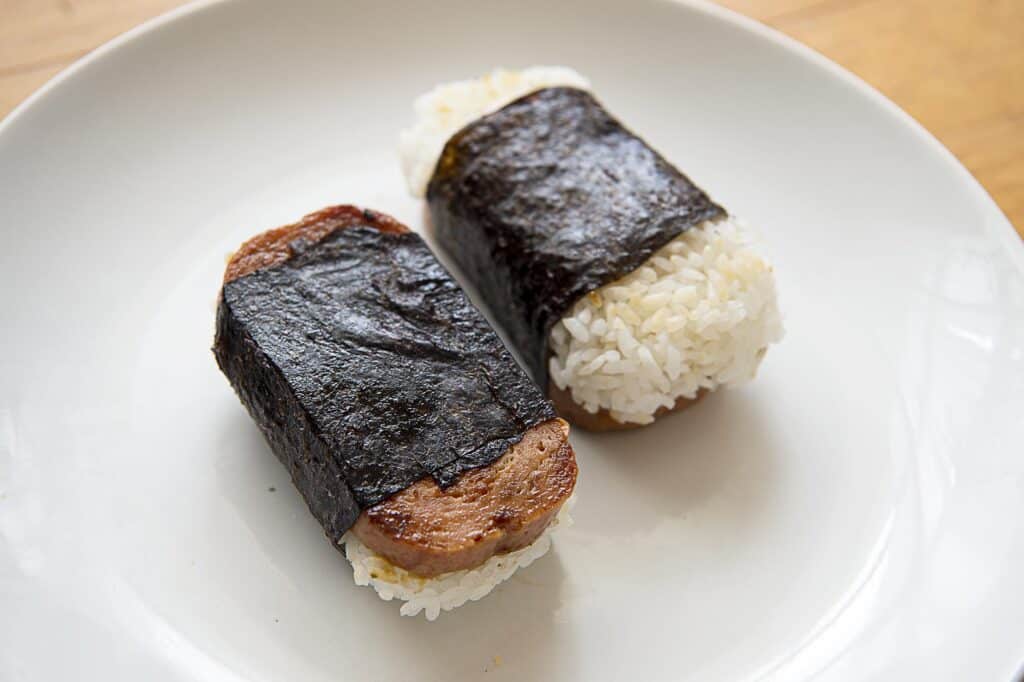
I love making Spam musubi at the start of the week. They are highly portable making them a great snack or lunch to take to work, school, or anywhere on the go.
This tasty snack is delicious and very cheap. Not only are they filling, but they hold up great in the fridge. Enjoy hot, warm or room temperature.
A simple sauce of sugar and soy sauce comes together in minutes to create a delicious glaze that helps balance out the salty, fatty Spam. Spam and rice is a delicious combination, and if you’re looking for good Spam recipes, look no further.
SIGN UP FOR OUR MONTHLY NEWSLETTER
It’s surprising how easy this recipe is to make- no onigiri mold required. If you have never had this tasty Hawaiian snack before, we encourage you to try it.
What is Spam musubi
Spam musubi is an inexpensive, on-the-go snack readily available in convenience stores in Hawaii. It consists of fried Spam glazed in a simple, sweet and salty sauce- like a teriyaki sauce- on top of rice wrapped in nori (seaweed).
Its influences include a combination of Hawaiian, Japanese, and American foods. In fact the term “musubi” is Japanese and taken from the word “omusubi” or “onigiri,” which translates to rice ball.
It’s ironic that many Americans look down at Spam, when in reality Spam is a very American food. Invented in 1937 by the Hormel Foods Corporation, Spam became popular during WWII.
After the bombing at Pearl Harbor, American troops deployed to places like South Korea, Guam, the Phillipines, and Japan. Shipping fresh meat was out of the question, so Spam followed the troops wherever they went.
Even after the war ended, Spam stuck around in countries with long American military presence and made its way into these countries’ cuisines.
It’s believed that a Japanese American woman from Hawaii named Barbara Funamura invented Spam musubi in the 20th century. The OG Hawaiian Spam musubi was triangle shaped and a grilled piece of Spam on top of rice wrapped in nori.
How to make Spam musubi

The first step to make cute Spam musubi is to make the rice. Use a short grain rice (used for making sushi) rather than medium or long grain. Short grain rice is sticky whereas if you use long grain rice your musubi will fall apart.
We make our rice in a rice cooker, but you could also make it on the stovetop, microwave, or Instant Pot. True Hawaiian-style Spam musubi uses plain white short grain rice, not sushi rice.
Sushi rice has vinegar and sugar added to it when it’s warm. You will notice our Spam musubi recipe does include vinegar and sugar to season the rice. We like how it tastes, but you could opt to keep it Hawaiian style and use plain rice.
Keep rice warm while you get your Spam ready. I find warm rice is easier to assemble. Next, cut the Spam into 8 slices. Now it’s time to fry and glaze the Spam in delicious Spam musubi sauce.

How to make Spam musubi teriyaki sauce: Add a little oil to a pan over medium heat and fry Spam until slightly crispy. In a bowl, mix together oyster sauce, soy sauce, and brown sugar. Add this to the pan in the last couple of minutes of cooking so it can thicken and coat the Spam.
Using the Spam container lined with plastic wrap or a musubi mold, push rice down pressing firmly to create a rectangle. Sprinkle with furikake seasoning if desired, place a piece of Spam on top, and firmly press down.

Lift the Spam musubi out of the mold or can and wrap with a piece of nori. I like to cut the nori wide enough to cover about 2/3 of the musubi.
To get the piece of nori to stick together, smush a small grain of rice onto one end and press the other nori end on top.
Variations
Spam musubi with egg is a popular riff. Simply whisky together a couple of eggs with salt and pepper. Cook in a nonstick pan until set then slide onto a cutting board. Use the Spam can to cut out 8 slices.
Once assembling the musubi, once you have your rice and Spam set, gently place the egg on top. Then proceed to remove the egg Spam musubi from the mold and wrap with nori.
If you would like a musubi recipe without Spam, fried tofu could be a nice replacement.
How to make Spam musubi without mold
The great thing about Spam musubi is it comes with its own Spam musubi maker- the can. A Spam musubi mold works great as well, but don’t worry if you don’t have one.
After you remove the Spam from its can, wash out the empty can and dry. Next, take a piece of cling wrap and gently tuck it inside the can. Push the cling wrap into the corners as best you can.
Next, follow the assembly instructions and once assembled, grab the edges of the cling wrap and gently lift the musubi out of the can. Pick up the musubi and wrap the nori around.
Is musubi served hot or cold
You can enjoy this delicious Hawaiian snack warm, room temperature or hot. Because you can eat them straight from the fridge, this is a great snack to take to work or school.
Since rice gets hard when refrigerated, remove Spam musubi from the fridge, wrap in a damp paper towel, and reheat in microwave to desired temp. This softens the rice.
Why is it called Spam musubi
This is a uniquely Hawaiian snack, invented by a Japanese American woman who lived in Hawaii. Musubi refers to a ball of rice wrapped in nori, in the tradition of Japanese onigiri.
It is a piece of Spam fried in a salty, sweet sauce, on top of rice wrapped in nori.
What meat is Spam

Spam is pork shoulder and pork ham, and no other animal scraps. It is just six ingredients- the same way since 1937. Sausage usually has pork shoulder because it is a great fat to meat ratio for frying.
The pork ham is what you would expect to have in a deli meat. The other four ingredients are potato starch (to bind the meat together and retain moisture), salt, pure sugar, and sodium nitrate (which preserves the meat).
What does Spam taste like
Spam tastes salty and wonderfully delicious. Since it’s made of ham and pork shoulder, the taste is similar to a salty ham with a texture more similar to bologna.
Searing Spam is a popular cooking technique because it adds a great crispiness to this salty treat.
What does Spam stand for
There is much debate as to what Spam stands for and there seems to be no clear answer. Some say it is a combination of the words ‘ham’ and ‘spice.’ Another theory is that Spam stands for “special processed American meat.”
Can you leave Spam musubi out overnight
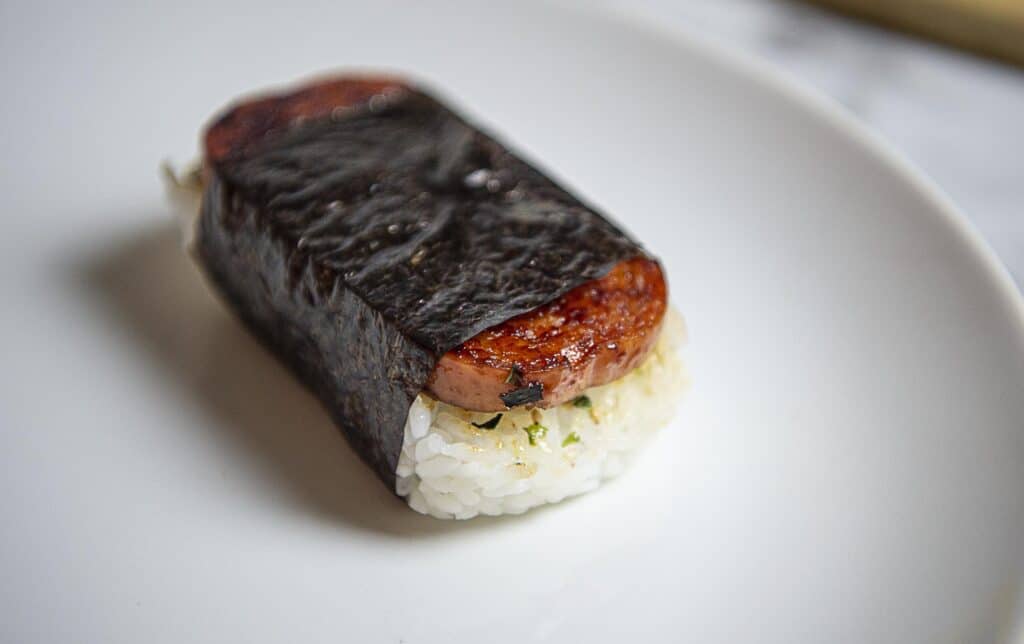
It can be left out at room temperature for up to four hours, but not overnight. Any cooked meat left out for too long has the risk of developing bacteria.
If you don’t eat all in one sitting, it’s best to store them in an airtight container in the fridge. When you’re ready to eat one, remove from the refrigerator, wrap in a damp paper towel, and microwave for about 30 seconds. Using a damp paper towel will help ensure the rice doesn’t get hard.
How do you eat spam musubi
Enjoy this snack hot, cold, or room temperature. Eat using your hands, which makes them a great on-the-go food.
Wrap them in plastic wrap and pack them in your bag before hiking, take one to work or school or bring some to a potluck.
What do you serve with Spam musubi
It’s very filling, so you can eat it on its own as a snack or lunch. But if you are wanting a side, there are a lot of great Hawaiian options including Hawaiian macaroni salad, sweet rolls, fried chicken, or poke.
How many calories in Spam musubi
It depends how you make it, but Spam musubi calories are about 280.
Spam nutrition facts for one 2 ounce serving include: 174 calories, 7 grams protein, 2 grams carbohydrates, 15 grams of fat, sodium 32% of your recommended daily intake (RDI), 7 % zinc RDI, potassium 4% RDI, iron 3% RDI, and copper 3% RDI.
Spam nutrition: while it is high in sodium, calories, and fat it does also contain protein, zinc, copper, Vitamin C, magnesium, iron, and copper.
Side note: These pickled carrots go great as a side dish!
Spam Musubi Recipe
Ingredients
- 1 can Spam
- 2 cups cooked short grain rice
- furikake optional
- 4 nori sheets
- 1 tb oyster sauce
- 2 tb soy sauce
- 2 tb brown sugar
Rice Seasoning [optional]
- ½ cup rice vinegar
- 3 tb sugar
- 1 tb salt
Recipe Instructions
- {optional} Heat rice vinegar, salt, and sugar in a pot until gently boiling. Stir and remove from heat. Allow to cool. Fan seasoning over cooked rice and gently mix.
- Mix together oyster sauce, brown sugar and soy sauce. Set aside.
- Slice the Spam into 8 even slices. In a large sauce pan over medium heat, add oil. Once warm, add Spam slices face down. If your pan isn’t big enough to fit all 8, do 2 – 4 at a time.
- Fry for about a minute and turn over. Fry for another minute and then add your sauce. Move Spam occasionally to prevent burning and make sure they are evenly coated. Cook until Spam begins to turn golden.
- Clean out the Spam can and dry. Line with cling wrap, tucking into the can, and making sure all corners of the cling wrap are outside of the can.
- Scoop roughly 3 tb of rice into the can, pressing the rice down evenly. Sprinkle rice with furikake if using. Next add a slice of Spam.
- Cut nori into thirds, or desired thickness. I like cutting it into thirds because it allows the rice and Spam to stick out slightly.
- Gather the corners of the cling wrap, gently lift out, and place on a flat surface. Lay a piece of nori on top so it’s vertical, making a cross. Lift up the musubi and carefully wrap the nori around. I like to press a piece of rice into one end of the nori so it can stick together.
- Repeat process until all Spam has been used.

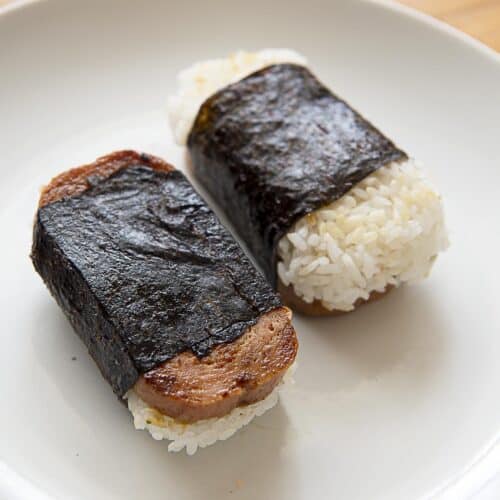
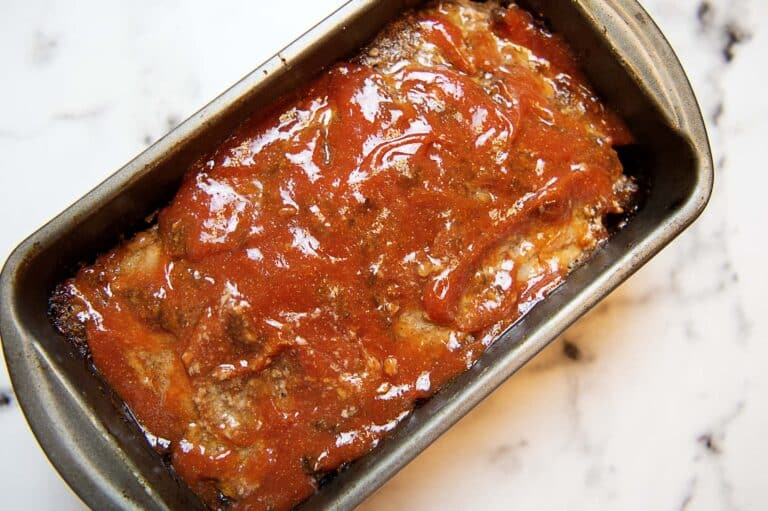

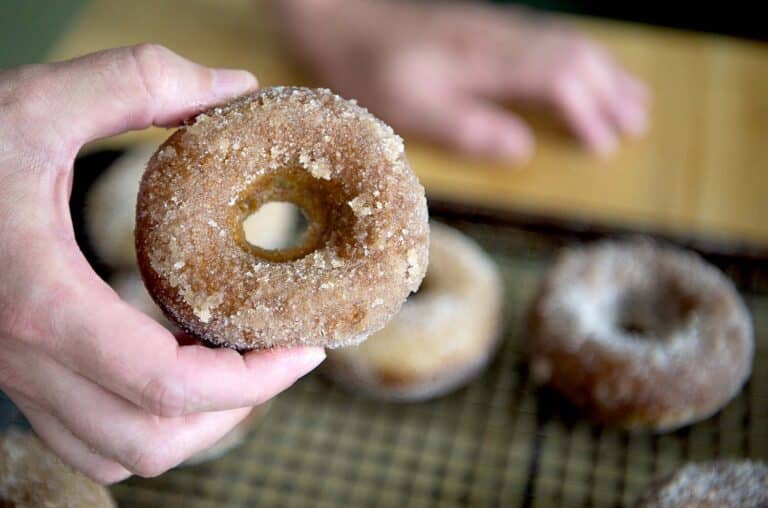
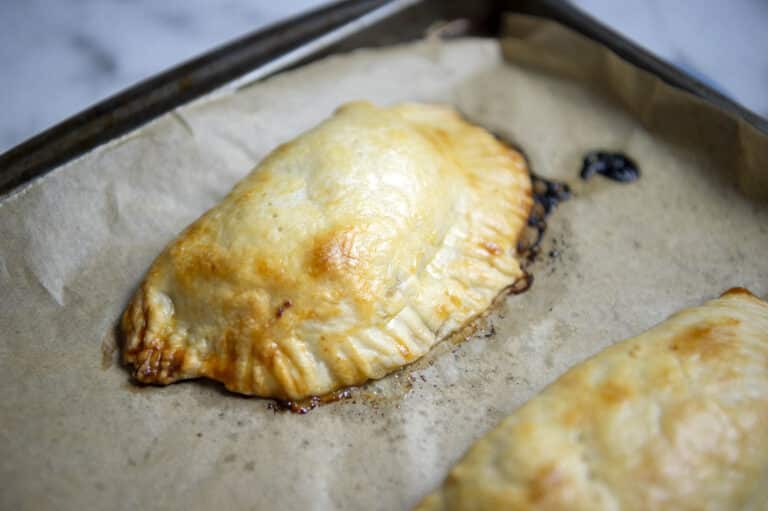
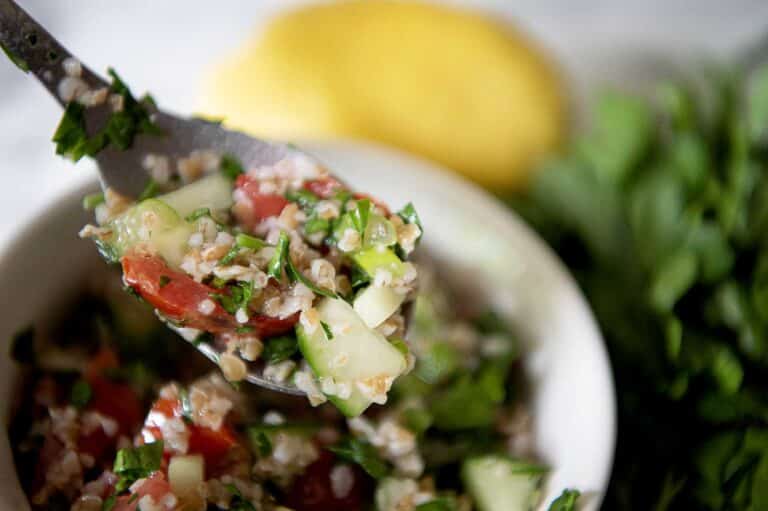

Wow, this is such a great snack and it’s easy to make. Thanks for sharing this idea!
Thank you Greta!
Love this! I love Spam and this recipe was easy and delish!
Thank you Jenn!
This makes such an easy, high-protein snack! great for busy days!
Thank you Shelby!
I had never had musubi before, Spam or otherwise. This turned out really good! I love that they are built and molded right in the spam can and that I can make so many ahead. It was easy to just grab one and toss it in a lunch box. I was also surprised out how filling Spam Musubi is. Definitely cut out the need for an afternoon snack. Thanks for the recipe!
Thank you Glenda!
Such a fun snack. I haven’t tried spam in years and this recipe was perfect. It’s full of flavor and easy to make.
Thank you MacKenzie!